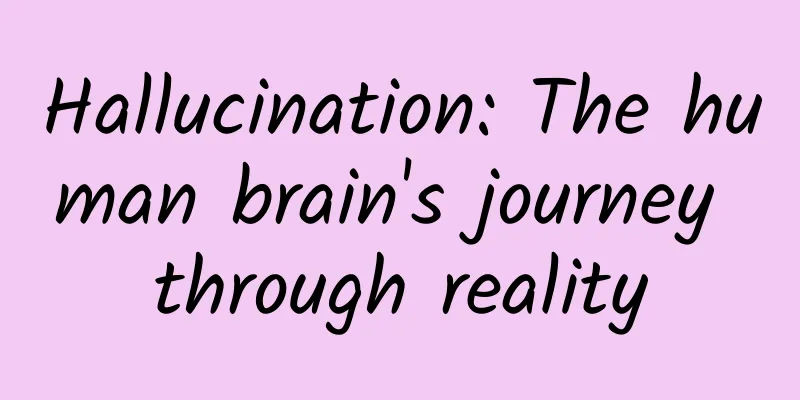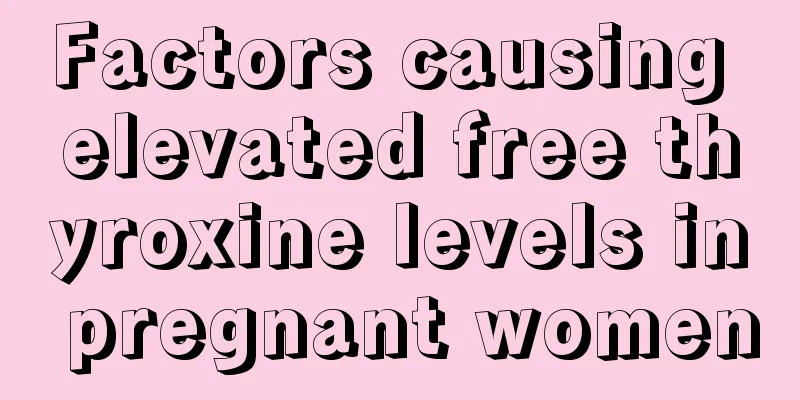Hallucination: The human brain's journey through reality

|
Hallucinations are the feeling of something coming out of nothing. Things that clearly do not exist keep appearing in the brain, as if traveling to another world. The famous Nobel Prize winner John Nash suffered from severe visual and auditory hallucinations, which made him unable to work normally for 30 years. After he turned 60, his condition gradually improved and he was able to resume his research. Hallucinations do not only "favor" geniuses, ordinary people may also be troubled by them and suffer from nightmare-like torture. There are two main theories about the origin of hallucinations: one is the loss of control theory, which states that the sensory pathways are controlled by the prefrontal cortex. When the control disappears, the sensory cortex and subcortical nuclei of the brain become overactive and produce hallucinations. The other is the cerebral cortex stimulation theory, which states that pathological stimulation causes abnormal excitement in the sensory cortex and association cortex of the brain, activating previous memory traces and reproducing vivid images. When the images are as vivid as real stimuli, patients believe that they are transmitted through the senses. Auditory hallucination is the most common hallucination and one of the common symptoms of schizophrenia. During the evolution of human beings, there were a considerable number of schizophrenia patients. At that time, the living environment was harsh and there were no tools such as philosophy and psychology to soothe the soul. The wizard released the "evil spirits" in the patient's brain through craniotomy, and some patients survived miraculously. There are signs of healing on the edge of the "brain hole", indicating that they lived for a long time after the operation. Modern medicine has found that some schizophrenia patients have reduced temporal lobe volume and auditory hallucinations. Electrophysiological experiments have shown that stimulating the temporal lobe can cause patients to have auditory hallucinations. The temporal lobe is the location of the auditory center and is adjacent to the limbic system (the brain area that produces emotions). Temporal lobe abnormalities are related to auditory hallucinations and emotional disorders, but no characteristic lesions have been found in pathology, and the specific pathogenesis is unclear. In addition to auditory hallucinations, humans also have various hallucinations such as visual hallucinations, olfactory hallucinations, taste hallucinations, and tactile hallucinations. Drugs such as omeprazole, voriconazole, and amantadine may cause hallucinations. Pufferfish, poisonous mushrooms, datura, and Opuntia oleracea may also cause hallucinations. After some people eat Amanita muscaria, the objects in front of their eyes become larger or smaller, like a funhouse mirror. The poisoned person is so excited that he dances with joy and then becomes dejected. The common name of the small American boletus is "seeing green hands", which will make the person who accidentally eats it "see busy little people everywhere, on the table, on the wall, and even on the tree. There are countless little people, just like walking into the Lilliput country described in fairy tales." People with olfactory hallucinations often smell disgusting odors such as rotting food, corpses, and chemicals, which makes them depressed and often have paranoid delusions, thinking that someone is poisoning them. People with olfactory hallucinations are usually conscious and have normal expression. Olfaction hallucinations may be caused by drugs, or by diseases such as epilepsy and brain tumors. If olfactory hallucinations last for more than a week, you should go to the hospital for a detailed examination. People with taste hallucinations taste a special strange taste that does not exist in food or water, and often refuse to drink or eat. Taste hallucinations may be a manifestation of diseases such as schizophrenia and epilepsy. People with phantom touch feel being touched without real tactile stimulation. Anesthetics or sedatives such as chloroform, diazepam, nitrous oxide, propofol, ketamine and fentanyl can all induce phantom touch. Anesthetics that act on the central nervous system often interfere with the body's perception of pain by inhibiting the cerebral cortex. It is possible that while inhibiting the cerebral cortex, the subcortical nerve nuclei may be disinhibited. Hallucinations are not entirely a disease, and normal people occasionally have hallucinations. When we look forward to our loved ones coming home early, we seem to hear footsteps and knocks on the door, and sometimes we can't help but go to the door to see. Various hallucinations are also prone to occur after fatigue or drinking. People with rich imagination and creativity are more likely to have hallucinations. Artists such as Yang Ningshi, Mi Fu, Liang Kai, Xu Wei, Bada Shanren, and Gu Minzhi are all known as "crazy"; foreign artists such as Van Gogh, Munch, Eugene O'Neill, Camus, and Beckett have all been diagnosed with mental illnesses. In real life, we encourage "fantasy" and do not welcome hallucinations. How can we avoid hallucinations? Protecting physical and mental health is the basis for preventing hallucinations. This requires cultivating good living habits in daily life, especially paying attention to the maintenance of sensory organs, which are the normal source of various sensations. If there is a problem with the sensory organs, it is easier to be out of touch with the real world, the brain will "take the initiative" to smear and tamper, and hallucinations will take advantage of the opportunity to enter. Hallucinations are not strange. If the human brain follows the rules like a machine, there will be no advanced functions such as association, reasoning, and insight. Occasionally, we can allow ourselves to withdraw from the tedious or monotonous reality and appreciate the splendor of daytime meteors. (The author is an associate professor at Central China Normal University and a member of the Chinese Society for Neuroscience) |
Recommend
What are the benefits of eating fermented rice for women?
When female friends take rice wine to nourish the...
How long does it take for menstruation to be clean after childbirth?
It is not so easy for mothers after giving birth,...
How to use soda water to wash your vagina
Once many women suffer from vaginitis, they will ...
There is a lump in the breast when you pinch it
The breast is an extremely sensitive area for wom...
What happens if you drink beer during your period?
Some women will experience early menstruation, wh...
What to do if your dentures hurt during menstruation
As the saying goes, toothache is not a disease, b...
What should you pay attention to when hitting a child?
Now with the opening of the second child policy, ...
White sticky substance comes out from below
Gynecological diseases are of concern to every fe...
What are the dangers of uterine prolapse?
Since the uterus is also a suspended organ in the...
Uterine structure and function
Each organ in the body has its own unique functio...
Iodine deficiency is a big deal! Please pay attention now
Source: Science Popularization China...
Right lower abdominal pain with blood during ovulation
After menstruation, women will enter the ovulatio...
Is it reliable to judge the gender by acidophilicity and alkaliphilicity?
Many women are eager to know the gender of their ...
What to do if there is no lump in the breast but it hurts
There are many types of breast diseases in women....
Three major symptoms of yellow leucorrhea in gynecology
What are the three main symptoms of yellow leucor...









